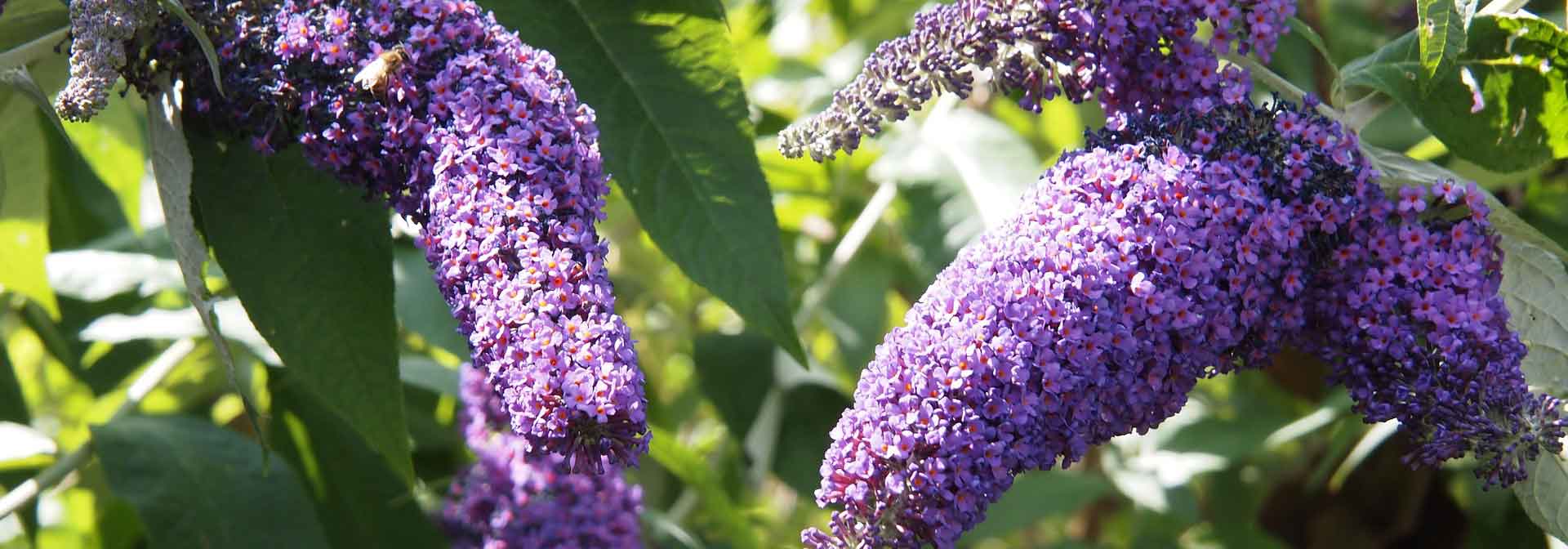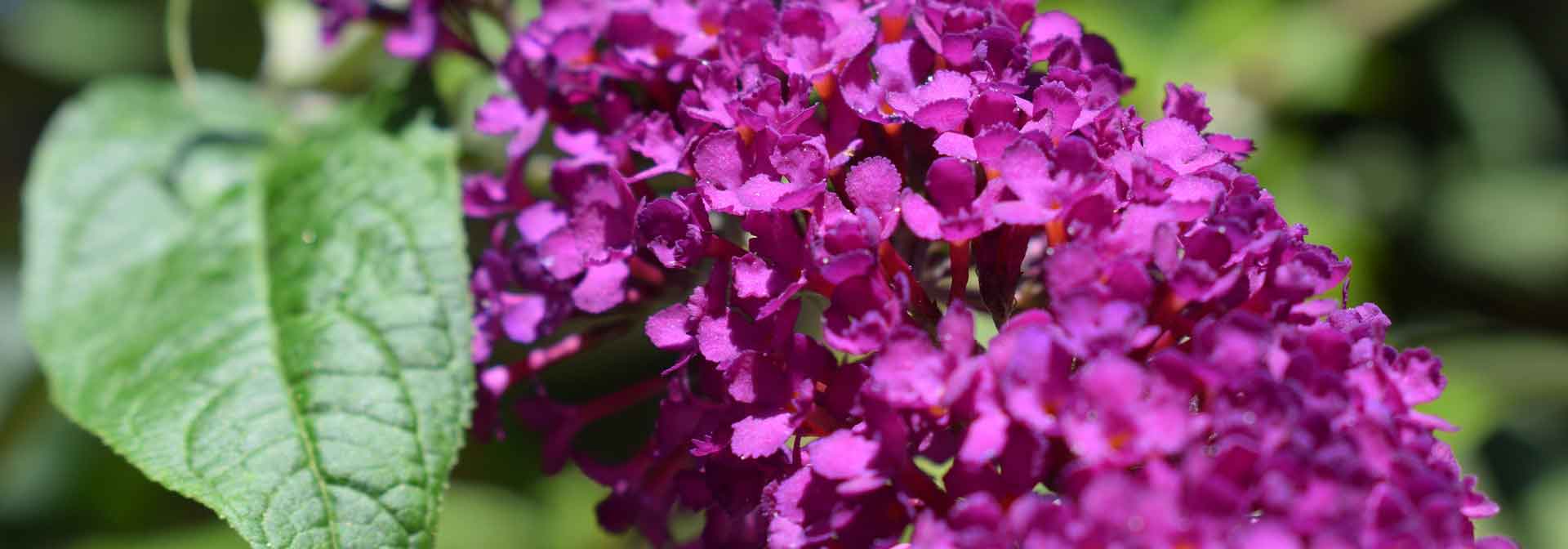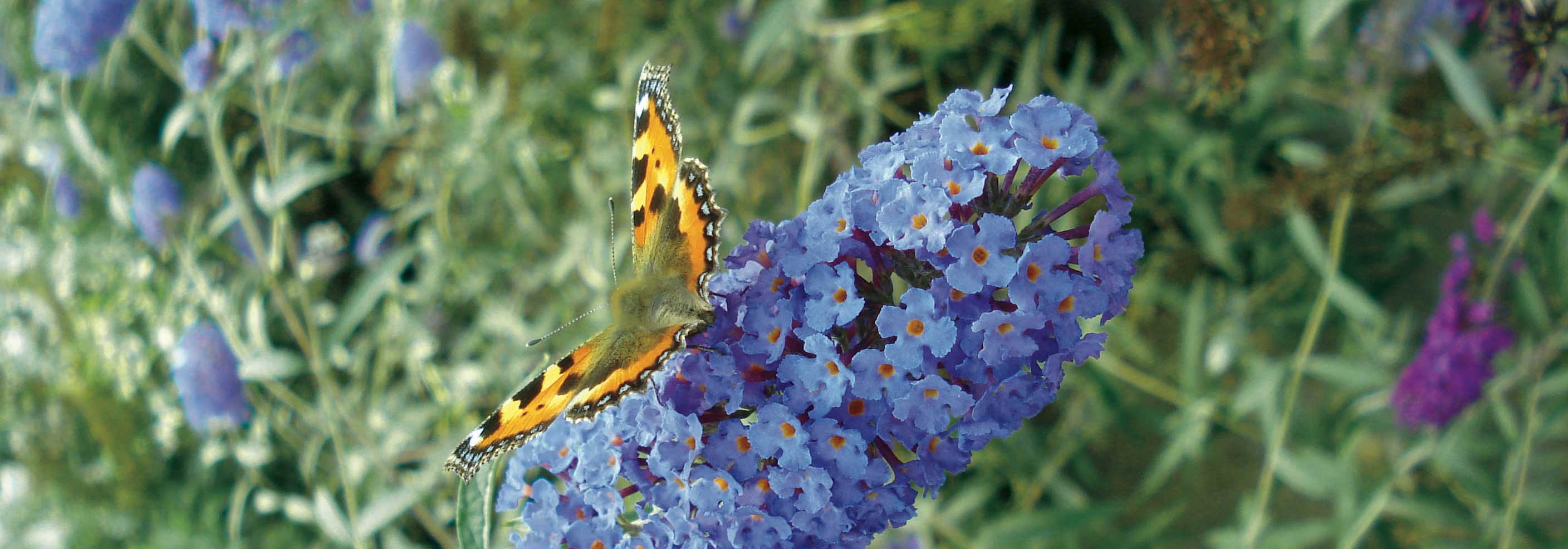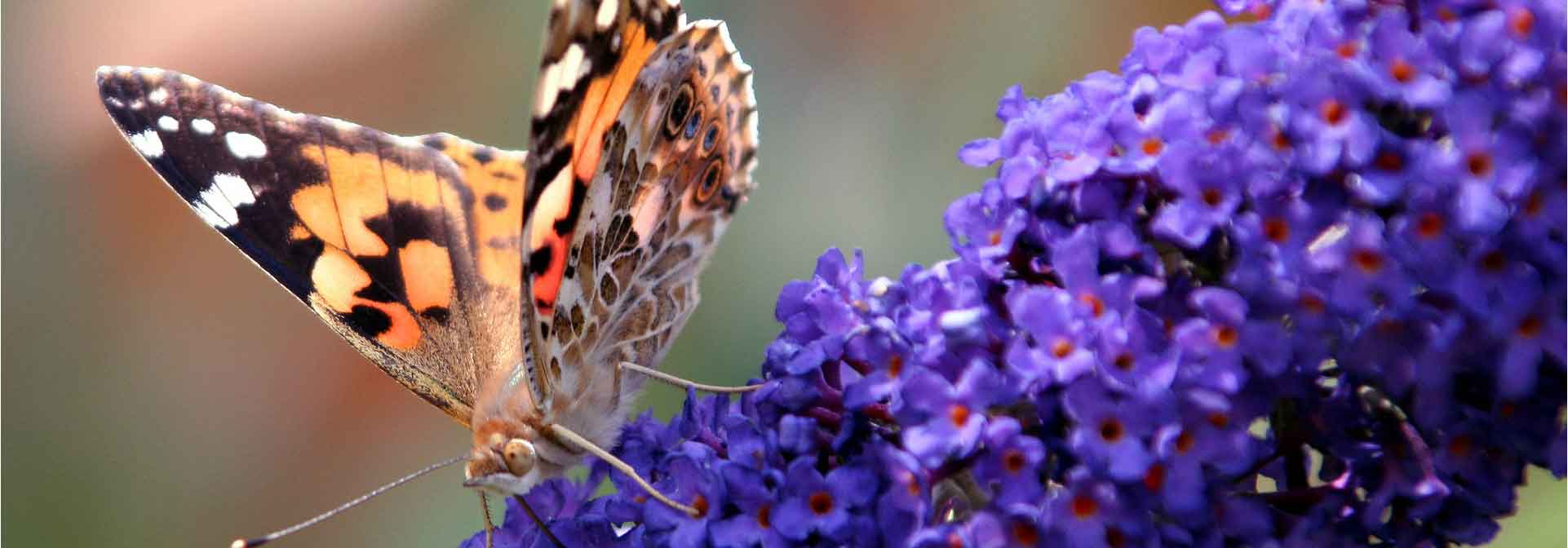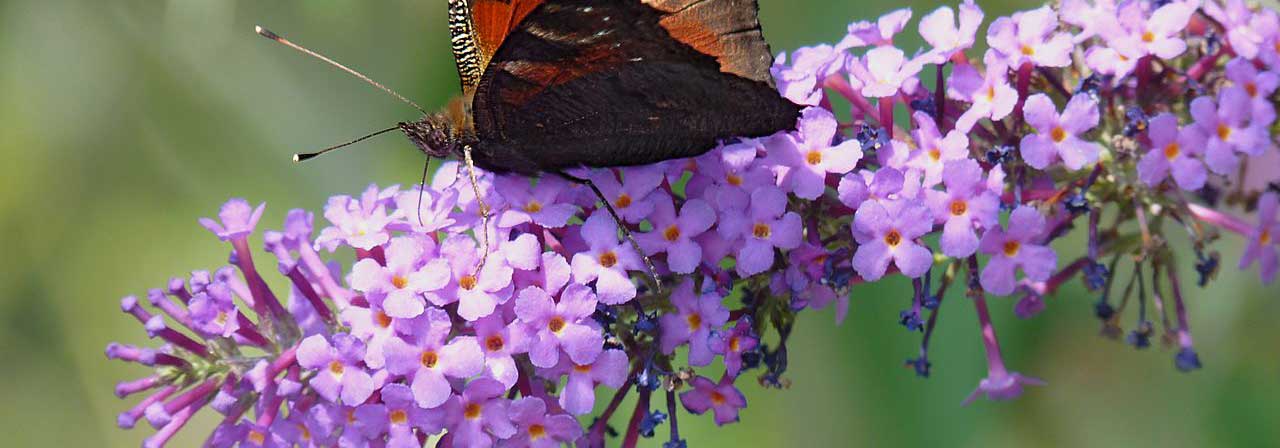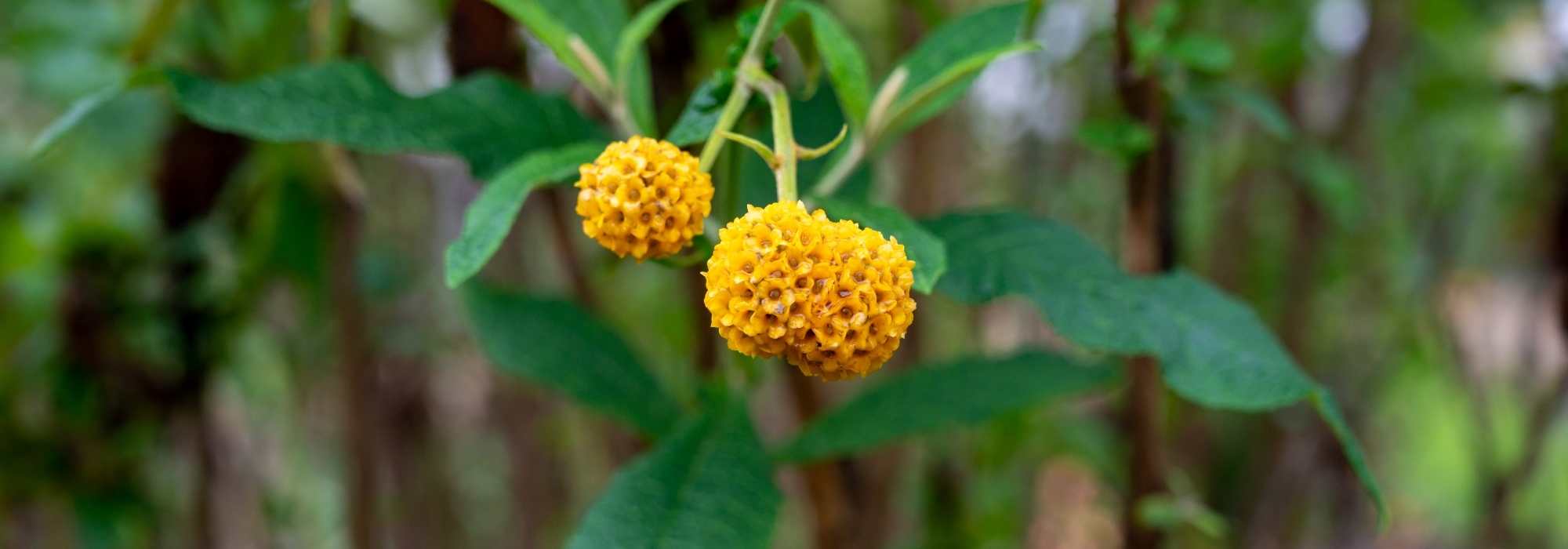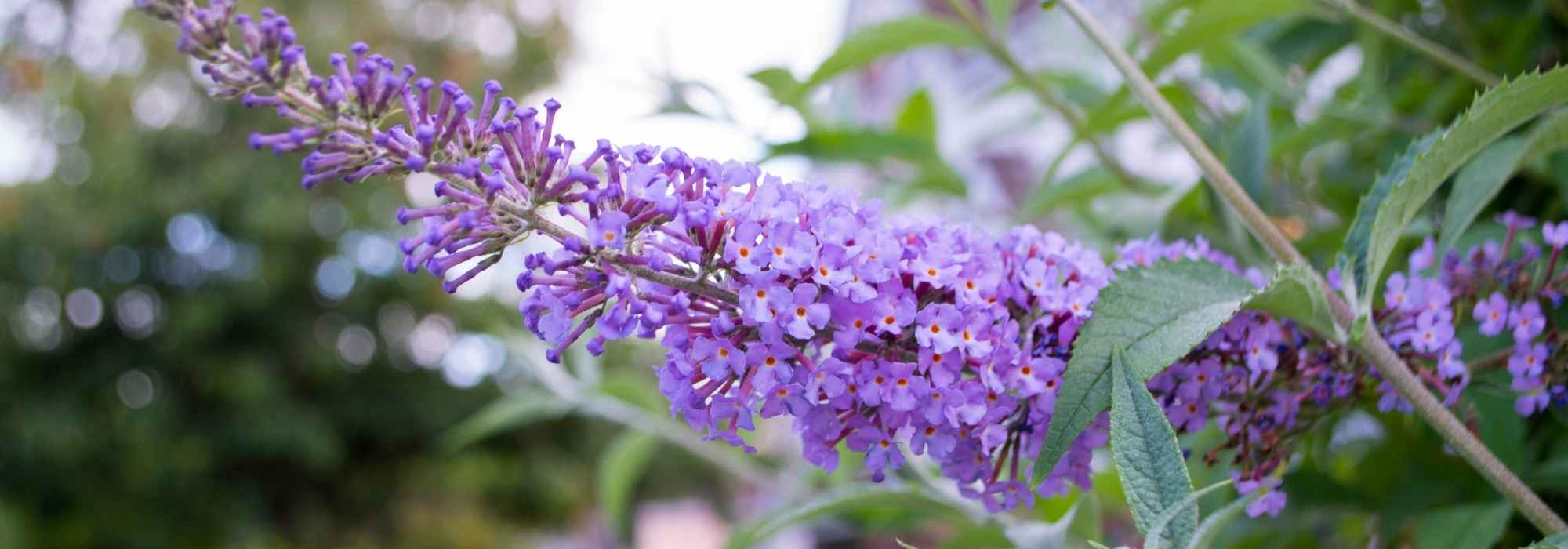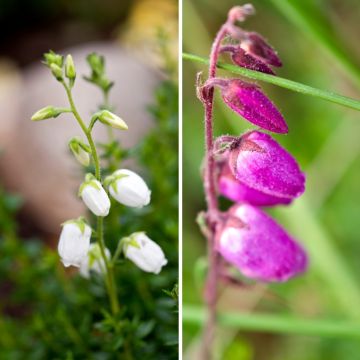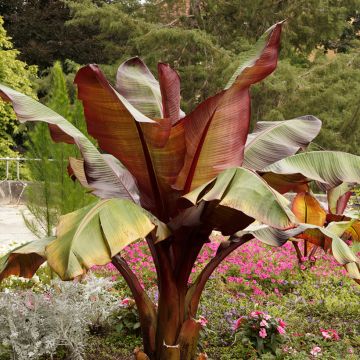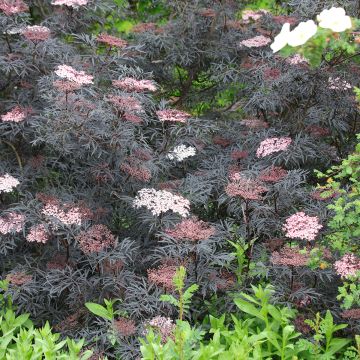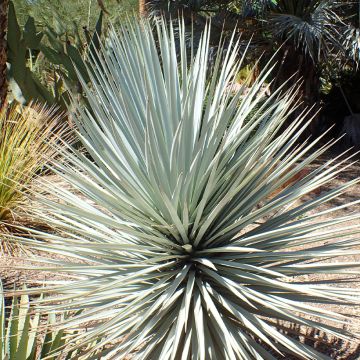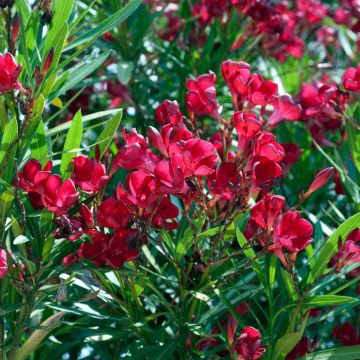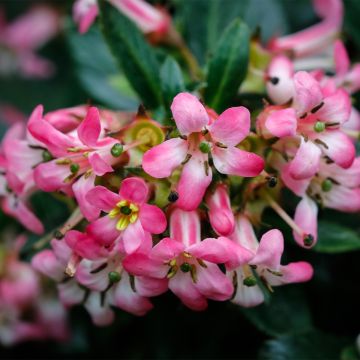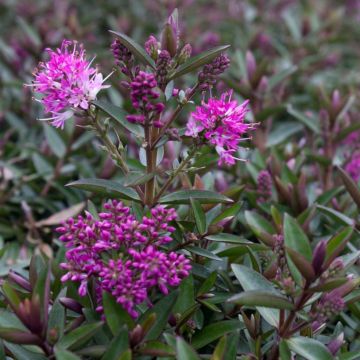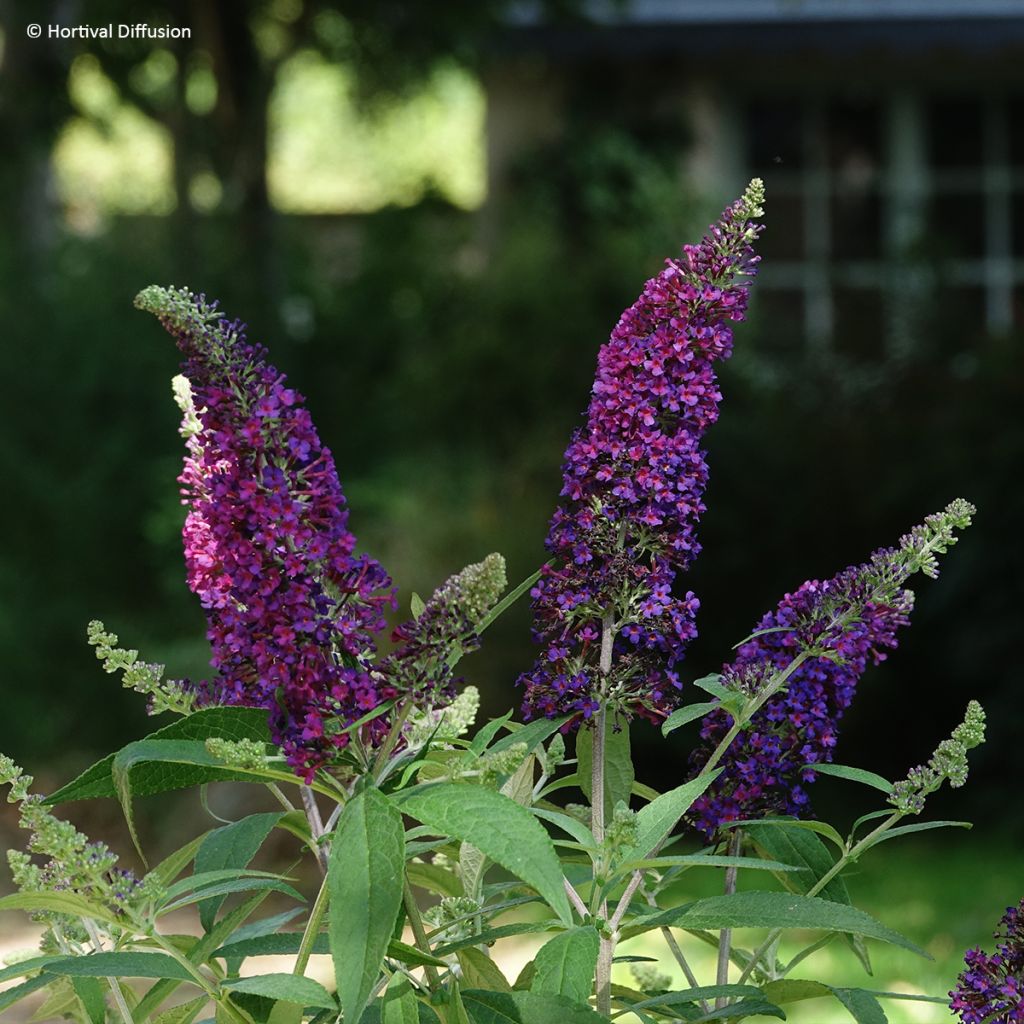

Buddleja davidii Reve de Papillon Violet - Butterfly bush
Buddleja davidii Reve de Papillon Violet - Butterfly bush
Buddleja davidii 'SRPBudroy' Reve de Papillon® Violet
Butterfly Bush, Summer Lilac
Special offer!
Receive a €20 voucher for any order over €90 (excluding delivery costs, credit notes, and plastic-free options)!
1- Add your favorite plants to your cart.
2- Once you have reached €90, confirm your order (you can even choose the delivery date!).
3- As soon as your order is shipped, you will receive an email containing your voucher code, valid for 3 months (90 days).
Your voucher is unique and can only be used once, for any order with a minimum value of €20, excluding delivery costs.
Can be combined with other current offers, non-divisible and non-refundable.
Home or relay delivery (depending on size and destination)
Schedule delivery date,
and select date in basket
This plant carries a 24 months recovery warranty
More information
We guarantee the quality of our plants for a full growing cycle, and will replace at our expense any plant that fails to recover under normal climatic and planting conditions.
Does this plant fit my garden?
Set up your Plantfit profile →
Description
Buddleja davidii Rêve de Papillon Violet is a butterfly bush that is distinguished by its abundant, prolonged flowering of intense violet-purple. Its large panicles of slightly fragrant and nectar-rich flowers renew regularly on a bushy and dense plant, with a supple habit and fine foliage, giving a neat appearance. Drought-resistant and accommodating regarding soil, suitable for container growing, it is a versatile and utterly charming bush.
Buddleja davidii 'Rêve de Papillon® Violet' ('SRPBudroy') is a sterile cultivar belonging to the Scrophulariaceae family. This cultivar was obtained by the American breeder Scott C. Trees in 2013. It is part of the Rêve de Papillon® series, developed and introduced in Europe by Pépinières Minier, which includes vigorous, very floriferous cultivars with a compact habit, suited to small gardens and container cultivation. These varieties are notable for their particularly long inflorescences, their floriferousness, and their dense growth, well-branched from the base.
'Rêve de Papillon® Violet' does not produce viable seeds, so it is not invasive unlike some wild forms. It is clearly distinct from the species by its more compact, dense, and bushy habit, with arching branches and harmonious growth. This fast-growing plant can reach 1.8 to 2 m in height and about 1.5 m in width in open ground. In pots, it is generally limited to 1 m - 1.20 m. The spectacular flowering spans from July to September in the form of very elongated terminal panicles, measuring between 20 and 30 cm, composed of very tightly packed small, intense purplish violet, slightly fragrant tubular flowers. These flowers are very rich in nectar, particularly attractive to butterflies, bees, and other pollinating insects. The leaves are opposite, lanceolate, 10 to 20 cm long, dark greyish-green on top, paler and slightly downy underneath. The foliage is deciduous, meaning it falls in autumn and regrows the following spring. The young shoots are quadrangular in section and covered in a fine whitish-grey down; older stems become woody with a brown-grey bark, sometimes fissured. Hardy to approximately -15°C, the cultivar tolerates drought well once established and grows in any well-drained soil, even poor or chalky.
Buddleja davidii Rêve de Papillon Violet excels at the back of a border or in a large container on a sunny terrace. To create a light and refined scene, pair it with bushes offering complementary flowering such as Kolkwitzia amabilis ‘Pink Cloud’, Lagerstroemia indica ‘Neige d'été’ and Hydrangea paniculata ‘Great Star Le Vasterival’. Together, these bushes form a graceful trio, decorative from spring until autumn.
Buddleja davidii Reve de Papillon Violet - Butterfly bush in pictures
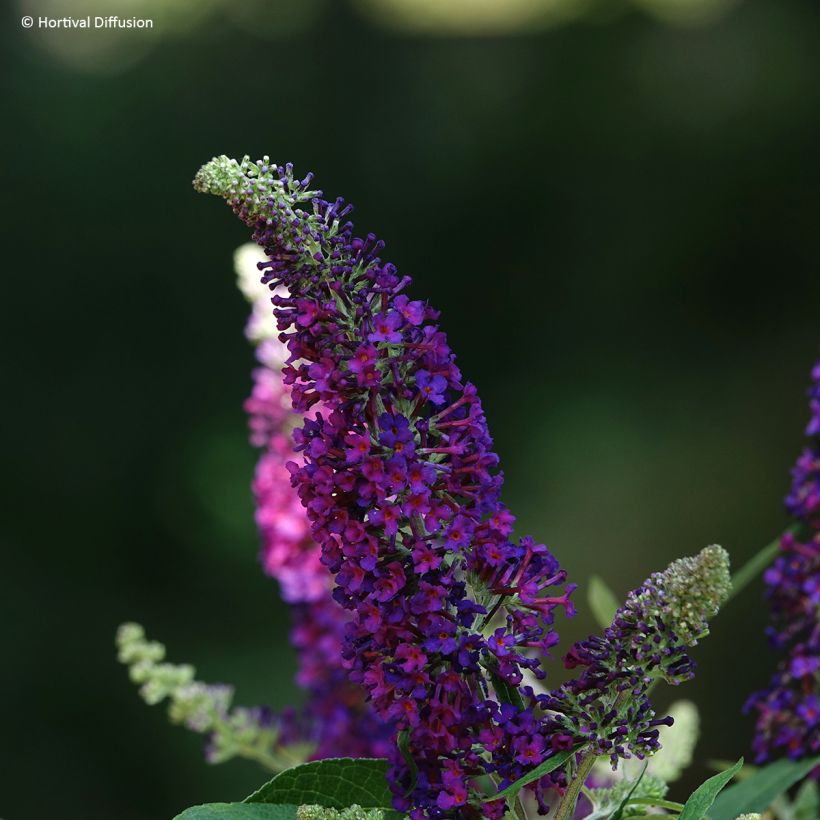

Plant habit
Flowering
Foliage
Botanical data
Buddleja
davidii
'SRPBudroy' Reve de Papillon® Violet
Scrophulariaceae
Butterfly Bush, Summer Lilac
Buddleja davidii 'SRPBudroy' Reve de Papillon® Violet
Cultivar or hybrid
Planting and care
Buddleja Rêve de Papillon® Violet is easy to grow, as it is undemanding in terms of soil, very hardy and not thirsty. It enjoys sunny spots, but also flowers in partial shade in the South. Plant it in spring or early autumn, in ordinary soil, even chalky and poor, but well worked, well loosened and properly drained. Once well established in the ground, the plant will tolerate periods of moderate drought.
On the other hand, if it is grown in a pot or container, you will need to water it regularly and provide fertiliser for flowering bushes.
The buddleja has no significant problems. Nevertheless, beware of caterpillars, vine weevils, bugs and red spider mites that can invade it under certain conditions.
Planting period
Intended location
Care
Planting & care advice
This item has not been reviewed yet - be the first to leave a review about it.
Similar products
Haven't found what you were looking for?
Hardiness is the lowest winter temperature a plant can endure without suffering serious damage or even dying. However, hardiness is affected by location (a sheltered area, such as a patio), protection (winter cover) and soil type (hardiness is improved by well-drained soil).

Photo Sharing Terms & Conditions
In order to encourage gardeners to interact and share their experiences, Promesse de fleurs offers various media enabling content to be uploaded onto its Site - in particular via the ‘Photo sharing’ module.
The User agrees to refrain from:
- Posting any content that is illegal, prejudicial, insulting, racist, inciteful to hatred, revisionist, contrary to public decency, that infringes on privacy or on the privacy rights of third parties, in particular the publicity rights of persons and goods, intellectual property rights, or the right to privacy.
- Submitting content on behalf of a third party;
- Impersonate the identity of a third party and/or publish any personal information about a third party;
In general, the User undertakes to refrain from any unethical behaviour.
All Content (in particular text, comments, files, images, photos, videos, creative works, etc.), which may be subject to property or intellectual property rights, image or other private rights, shall remain the property of the User, subject to the limited rights granted by the terms of the licence granted by Promesse de fleurs as stated below. Users are at liberty to publish or not to publish such Content on the Site, notably via the ‘Photo Sharing’ facility, and accept that this Content shall be made public and freely accessible, notably on the Internet.
Users further acknowledge, undertake to have ,and guarantee that they hold all necessary rights and permissions to publish such material on the Site, in particular with regard to the legislation in force pertaining to any privacy, property, intellectual property, image, or contractual rights, or rights of any other nature. By publishing such Content on the Site, Users acknowledge accepting full liability as publishers of the Content within the meaning of the law, and grant Promesse de fleurs, free of charge, an inclusive, worldwide licence for the said Content for the entire duration of its publication, including all reproduction, representation, up/downloading, displaying, performing, transmission, and storage rights.
Users also grant permission for their name to be linked to the Content and accept that this link may not always be made available.
By engaging in posting material, Users consent to their Content becoming automatically accessible on the Internet, in particular on other sites and/or blogs and/or web pages of the Promesse de fleurs site, including in particular social pages and the Promesse de fleurs catalogue.
Users may secure the removal of entrusted content free of charge by issuing a simple request via our contact form.
The flowering period indicated on our website applies to countries and regions located in USDA zone 8 (France, the United Kingdom, Ireland, the Netherlands, etc.)
It will vary according to where you live:
- In zones 9 to 10 (Italy, Spain, Greece, etc.), flowering will occur about 2 to 4 weeks earlier.
- In zones 6 to 7 (Germany, Poland, Slovenia, and lower mountainous regions), flowering will be delayed by 2 to 3 weeks.
- In zone 5 (Central Europe, Scandinavia), blooming will be delayed by 3 to 5 weeks.
In temperate climates, pruning of spring-flowering shrubs (forsythia, spireas, etc.) should be done just after flowering.
Pruning of summer-flowering shrubs (Indian Lilac, Perovskia, etc.) can be done in winter or spring.
In cold regions as well as with frost-sensitive plants, avoid pruning too early when severe frosts may still occur.
The planting period indicated on our website applies to countries and regions located in USDA zone 8 (France, United Kingdom, Ireland, Netherlands).
It will vary according to where you live:
- In Mediterranean zones (Marseille, Madrid, Milan, etc.), autumn and winter are the best planting periods.
- In continental zones (Strasbourg, Munich, Vienna, etc.), delay planting by 2 to 3 weeks in spring and bring it forward by 2 to 4 weeks in autumn.
- In mountainous regions (the Alps, Pyrenees, Carpathians, etc.), it is best to plant in late spring (May-June) or late summer (August-September).
The harvesting period indicated on our website applies to countries and regions in USDA zone 8 (France, England, Ireland, the Netherlands).
In colder areas (Scandinavia, Poland, Austria...) fruit and vegetable harvests are likely to be delayed by 3-4 weeks.
In warmer areas (Italy, Spain, Greece, etc.), harvesting will probably take place earlier, depending on weather conditions.
The sowing periods indicated on our website apply to countries and regions within USDA Zone 8 (France, UK, Ireland, Netherlands).
In colder areas (Scandinavia, Poland, Austria...), delay any outdoor sowing by 3-4 weeks, or sow under glass.
In warmer climes (Italy, Spain, Greece, etc.), bring outdoor sowing forward by a few weeks.






























